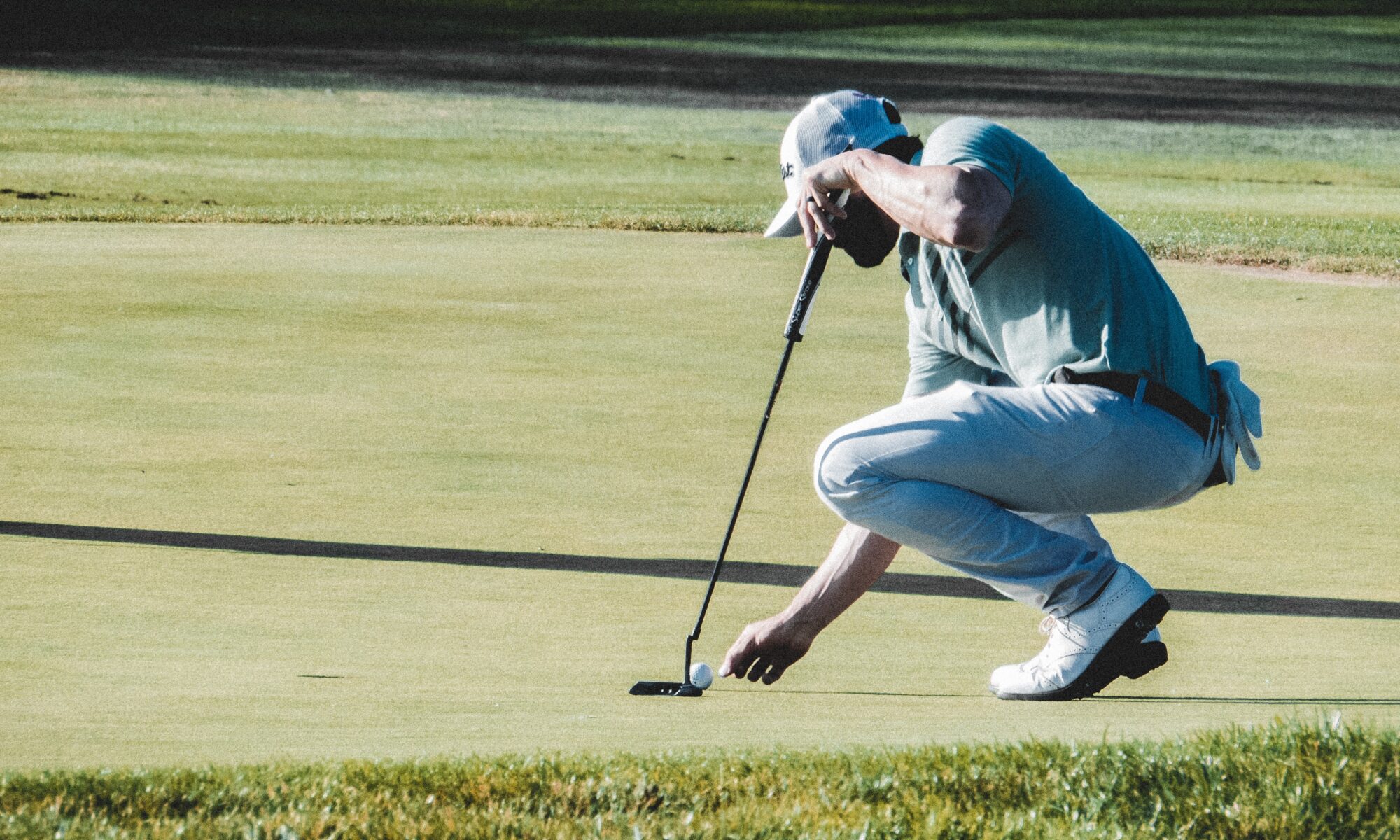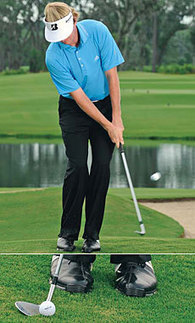GOLF ETIQUETTE 101
The Spirit Of The Game
Unlike many sports, golf is played, for the most part, without the supervision of a referee or umpire. The game relies on the integrity of the individual to show consideration for other players and to abide by the Rules. All players should conduct themselves in a disciplined manner, demonstrating courtesy and sportsmanship at all times, irrespective of how competitive they may be. This is the spirit of the game of golf.

Safety
Players should ensure that no one is standing close by or in a position to be hit by the club, the ball or any stones, pebbles, twigs or the like when they make a stroke or practice swing.
Players should not play until the players in front are out of range.
Players should always alert greenstaff nearby or ahead when they are about to make a stroke that might endanger them.
If a player plays a ball in a direction where there is a danger of hitting someone, he should immediately shout a warning. The traditional word of warning in such a situation is “fore.”

Consideration For Other Players
No Disturbance or Distraction
Players should always show consideration for other players on the course and should not disturb their play by moving, talking or making any unnecessary noise.
Players should ensure that any electronic device taken onto the course does not distract other players.
On the teeing ground, a player should not tee his ball until it is his turn to play.
Players should not stand close to or directly behind the ball, or directly behind the hole, when a player is about to play.
View Avoiding Distraction Animation
On the Putting Green
On the putting green, players should not stand on another player’s line of putt or when he is making a stroke, cast a shadow over his line of putt.
Players should remain on or close to the putting green until all other players in the group have holed out.
View Putting Green Animation
Scoring
In stroke play, a player who is acting as a marker should, if necessary, on the way to the next tee, check the score with the player concerned and record it.
View Scoring Etiquette Animation

Pace Of Play
Play at Good Pace and Keep Up
Players should play at a good pace. The Committee may establish pace of play guidelines that all players should follow.
It is a group’s responsibility to keep up with the group in front. If it loses a clear hole and it is delaying the group behind, it should invite the group behind to play through, irrespective of the number of players in that group.
View Playing At A Good Pace Animation
Be Ready to Play
Players should be ready to play as soon as it is their turn to play. When playing on or near the putting green, they should leave their bags or carts in such a position as will enable quick movement off the green and towards the next tee. When the play of a hole has been completed, players should immediately leave the putting green.
Viewing Being Ready To Play Animation
Lost Ball
If a player believes his ball may be lost outside a water hazard or is out of bounds, to save time, he should play a provisional ball.
Players searching for a ball should signal the players in the group behind them to play through as soon as it becomes apparent that the ball will not easily be found.
They should not search for five minutes before doing so. Having allowed the group behind to play through, they should not continue play until that group has passed and is out of range.
View Saving Time With A Lost Ball Animation

Priority On The Course
Unless otherwise determined by the Committee, priority on the course is determined by a group’s pace of play. Any group playing a whole round is entitled to pass a group playing a shorter round.
View Priority On The Course Animation

Care Of The Course
Bunkers
Before leaving a bunker, players should carefully fill up and smooth over all holes and footprints made by them and any nearby made by others. If a rake is within reasonable proximity of the bunker, the rake should be used for this purpose.
View Bunker Etiquette Animation
Repair of Divots, Ball-Marks and Damage by Shoes
Players should carefully repair any divot holes made by them and any damage to the putting green made by the impact of a ball (whether or not made by the player himself). On completion of the hole by all players in the group, damage to the putting green caused by golf shoes should be repaired.
View Divot Repair Etiquette Animation
Preventing Unnecessary Damage
Players should avoid causing damage to the course by removing divots when taking practice swings or by hitting the head of a club into the ground, whether in anger or for any other reason.
Players should ensure that no damage is done to the putting green when putting down bags or the flagstick.
In order to avoid damaging the hole, players and caddies should not stand too close to the hole and should take care during the handling of the flagstick and the removal of a ball from the hole. The head of a club should not be used to remove a ball from the hole.
Players should not lean on their clubs when on the putting green, particularly when removing the ball from the hole.
The flagstick should be properly replaced in the hole before players leave the putting green.
Local notices regulating the movement of golf carts should be strictly observed.

Conclusion; Penalties For Breach
If players follow the guidelines in this Section, it will make the game more enjoyable for everyone.
If a player consistently disregards these guidelines during a round or over a period of time to the detriment of others, it is recommended that the Committee consider taking appropriate disciplinary action against the offending player. Such action may, for example, include prohibiting play for a limited time on the course or in a certain number of competitions. This is considered to be justifiable in terms of protecting the interest of the majority of golfers who wish to play in accordance with these guidelines.
In the case of a serious breach of Etiquette, the Committee may disqualify a player under Rule 33-7.
 Slow Motion Golf Swing | Golf Channel
Jan 2, 2013… and in this video Brad Brewer shows you how to practice in slow motion to … In this video segment, Brad Brewer shows y…
Slow Motion Golf Swing | Golf Channel
Jan 2, 2013… and in this video Brad Brewer shows you how to practice in slow motion to … In this video segment, Brad Brewer shows y… Slow Motion Golf Swing Videos | Hit The Perfect Golf Ball Video
Golfing World have amazing slow motion golf swing videos so you can see exactly how … The Path to Par Series – Perfect PracticeProfes…
Slow Motion Golf Swing Videos | Hit The Perfect Golf Ball Video
Golfing World have amazing slow motion golf swing videos so you can see exactly how … The Path to Par Series – Perfect PracticeProfes…







